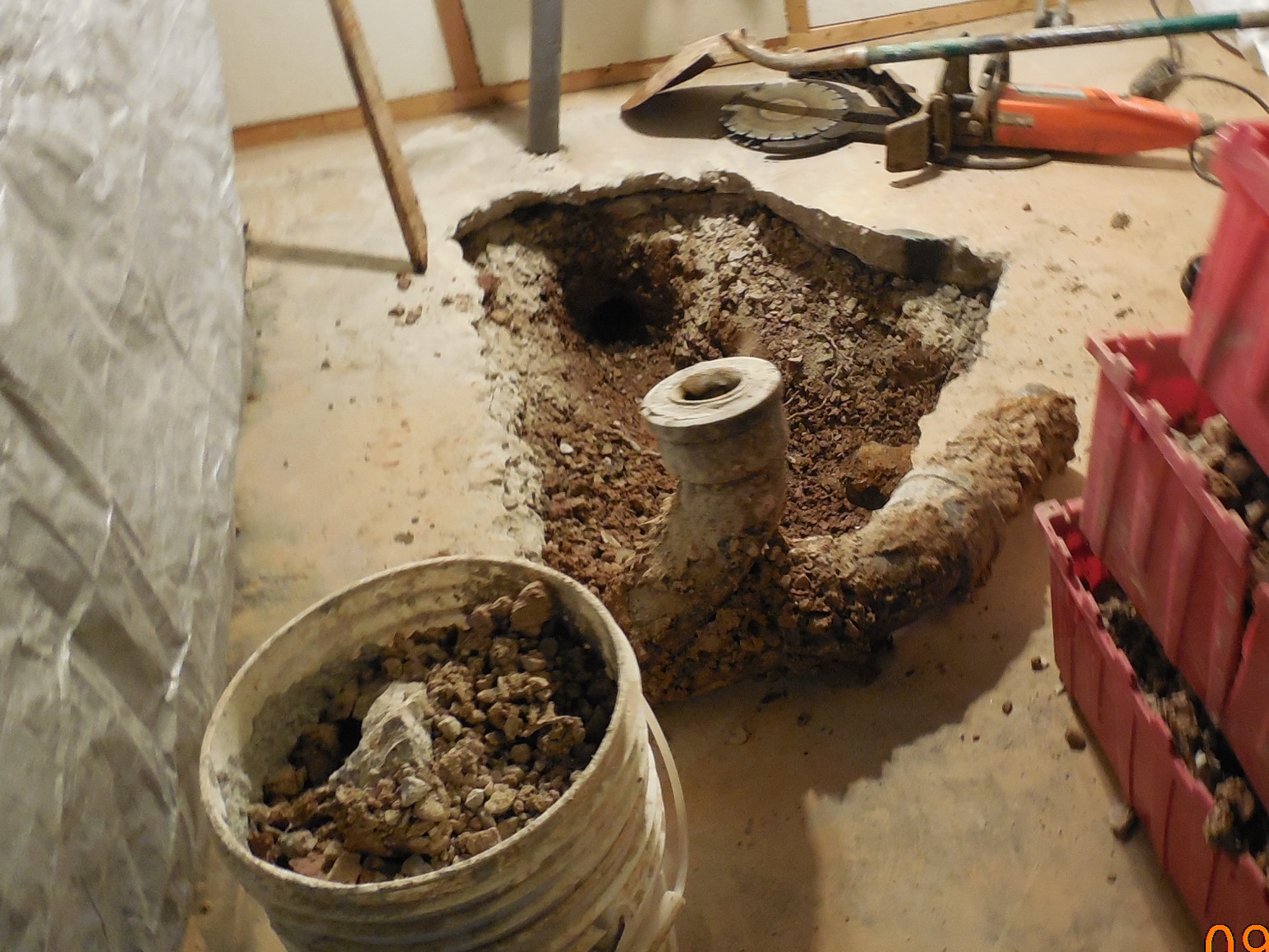All Wisconsin Pollutant Discharge Elimination System (WPDES) permittees were required to implement Capacity, Management, Operation, and Maintenance (CMOM) programs by August 1, 2016. Some of the primary goals of CMOM programs are to protect public health, avoid basement backups, prevent sanitary sewer overflows, and protect infrastructure investment.
An important part of CMOM programs is preventative maintenance activities that include private lateral inspections and infiltration and inflow (I/I) removal. Municipalities place high emphasis on investigating private laterals in addition to the public sewers when they experience higher flows at their wastewater management facilities, sewer surcharges, or basement backups during wet weather events. Sewer system evaluation surveys (SSES), including smoke testing, televising, and dye water testing, are performed to locate deficiencies in the private laterals and public sewers.
Pipe Bursting Tool
Municipalities have historically taken the first step of replacing, grouting, or lining the mainline public sewers. This approach has been marginally effective in reducing I/I because the groundwater tends to migrate up the stone trench of the laterals and enters defects in the lateral such as cracks, open joints, or lateral connections to the mainline sewer. Municipalities have recognized the need to rehabilitate private laterals by open cut trench replacement, pipe bursting, or pipe lining to effectively reduce clearwater flows.
HDPE Pipe Prior to Pulling
Trenchless technologies such as pipe bursting or pipe lining can be implemented with minimal disruption to property owners. Often, only a 2’x2’ excavation is needed to install a cleanout in a yard for lining and pipe bursting. The restoration of yards and yard improvements are greatly reduced. The private laterals are rehabilitated from the mainline to the foundation wall of the sewered building. Some municipalities have implemented private lateral pipe bursting programs to not only replace the sanitary lateral but also to replace lead water services in the same operation.
Access in House Basement
Physical inspections of the interior of basements is another SSES program that has been successful in identifying illegal cross connections of floor drains and sump pumps to the sanitary sewer system. Illegal cross connections of floor drains have been eliminated by installation of clearwater sumps and pumps and then routing the clearwater to an exterior surface discharge or storm sewer. Some municipalities have implemented a grant program to assist property owners in completing the work. Follow-up inspections are critical to ensure the corrections remain in place and property owners have no issues.
These SSES and rehabilitation programs allow for a complete upgrade of the private property sanitary sewer system. Ruekert & Mielke, Inc. has performed engineering services to implement this work and has many success stories on previous projects that address clearwater in the sanitary sewer system to meet CMOM goals.
Contact an expert today for more information on private lateral replacement options.
About the Authors
Taryn S. Nall, P.E.
Project Manager
Taryn has over 40 years of experience in planning, design and construction of water, wastewater, and storm water facilities. Taryn has significant experience evaluating the condition of storm and wastewater collection facilities, developing design flows, and determining the most cost-effective rehabilitation plans.
Jerad J. Wegner, P.E.
Project Manager
Jerad has extensive experience with a wide variety of projects, including street and highway design, intersection analysis, transportation facilities, storm sewer design, storm water management plan and review, sanitary sewer design, sanitary sewer capacity analysis, sanitary sewer rehabilitation, water main design, plan reviews, cost estimating, quantity take-offs, State and County permitting, and on-site construction review of sanitary and storm sewer, water main, pavement and curb and gutter. Jerad is PACP Certified (Pipeline Assessment Certification Program).









